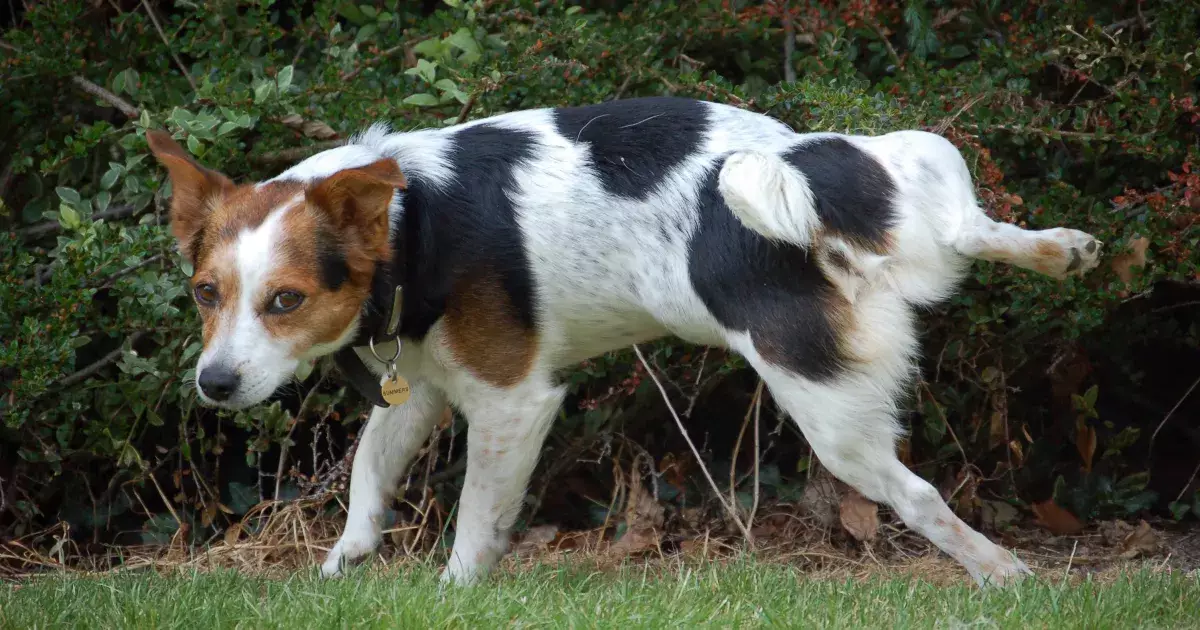Bringing home a new puppy or dog marks the beginning of an exciting journey filled with companionship and joy. However, along with that excitement comes the responsibility of proper housetraining. Starting this process early is crucial, as the habits formed during this initial stage will likely set the tone for many years to come. Thus, investing a little time and effort upfront can spare dog owners significant frustration in the long run.
Before embarking on the housetraining journey, it is essential to establish a conducive environment for your new pet. This involves setting up your home with necessary supplies like a crate, chew toys, and designated potty areas. A crate serves as an excellent tool for training, as dogs naturally avoid soiling their sleeping area. Hence, a well-sized crate, along with soft chew toys, can keep your pup occupied and ensure they feel secure while not under direct supervision.
Once the environment is ready, you can embark on the three fundamental steps of housetraining. The synergy between routine and consistency plays an integral role; hence, it is vital to adhere to a strict schedule. Regularly taking your dog out to the same spot facilitates learning, allowing them to associate that area with eliminating. Further, using consistent commands like, “Go potty”, not only aids the dog in understanding your expectations but also gets them accustomed to going on cue.
Understanding your dog’s biological patterns aids in successful housetraining. Puppies typically require more frequent bathroom breaks than adult dogs, as their bladders are still developing. Puppies often urinate at each bathroom break, and it is not uncommon for them to defecate every two to three breaks. Therefore, being observant of their behavior is crucial. If your dog begins to circle or sniff around, they are likely signaling their need to relieve themselves. At times, all it takes is patience—standing still and allowing them the space to do their business can transform the training experience.
Additionally, rewarding your dog immediately after they eliminate in the appropriate area reinforces positive behavior. This can be accomplished through praise and treats. Placing treats nearby in a convenient location ensures immediate positive reinforcement, making the process more efficient. After your dog goes potty, consider engaging them in an exciting play session to associate eliminating waste outside with fun and rewards.
For pet owners residing in urban settings lacking immediate outdoor access, indoor toilet training becomes a realistic necessity. Establishing a designated indoor potty area is crucial. Create a safe space where your dog can feel comfortable during their exploration. This area is essential for teaching your dog where it is acceptable to go while awaiting the right moment for outdoor access.
If it becomes necessary to transition this indoor potty area, do so gradually by moving it closer to your preferred location one or two feet a day. Repeat the positive reinforcement cycle of rewarding your dog each time they eliminate in the intended space. Early recognition of indoor potty signs allows pet parents to guide their furry companions toward the correct spot, reinforcing good habits.
Establishing a command for bathroom time is beneficial, especially when you are out and about. Start by teaching your dog a unique phrase, distinct from everyday conversation, that you will use consistently when you want them to relieve themselves. This effort cultivates a habit where your dog associates the said command with the action of going to the bathroom.
Your dog’s ability to respond to cues will improve with time. A published fact is that most puppies will eliminate within 30 seconds of being released from their crate. However, if at first, they do not respond positively, be patient. Housetraining is a journey, and setbacks can occur, but it’s vital to stay positive. Recapture their attention and try again in brief intervals, rewarding them when they comply.
Behavioral psychology teaches approximately 70% of training success hinges on consistent reinforcement. Overly cautious praise can often fall flat, leading to confusion. Instead, enthusiastic and exuberant appreciation establishes a strong bond and encourages your pup to continue on their journey of learning proper behavior. The essence of training is simple—celebrate every victory and ensure that your dog realizes the joy that comes from the correct behavior.
Housetraining your dog requires commitment, consistency, and an understanding of your pet’s needs. Whether navigating the world of traditional outdoor training or improvising with indoor solutions, the principles stay the same: establish a routine, observe, guide, and reward. Every effort you make today enhances the bond between you and your dog, leading to a harmonious friendship for years to come. Through time and patience, you can ensure your furry friend is well-trained while contributing to a positive, loving environment in your home.

